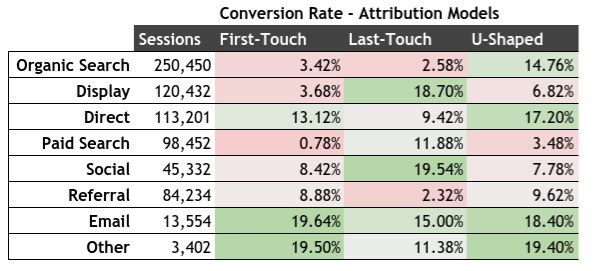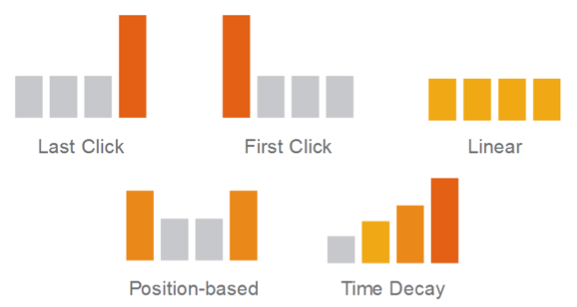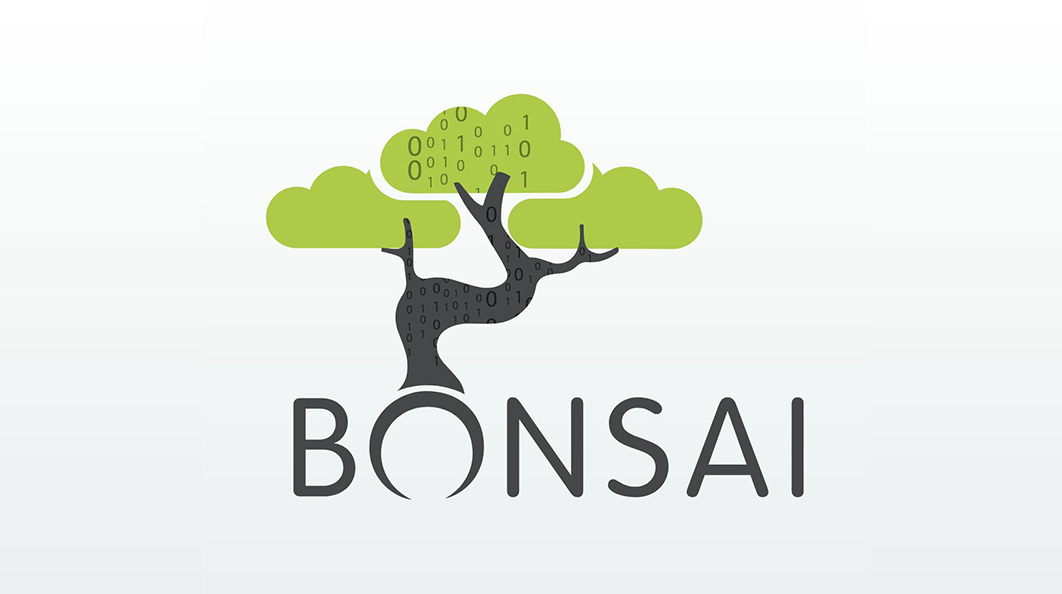A few months ago I promised three parts to the blog series on how Attribution should be practical. We’re putting the finishing touches on part III, but before that’s done I couldn’t resist adding another short snippet. Consider this 2.5?
You’ve probably heard this wisdom before:
“Measure twice, cut once.”
— Ancient Carpenter’s Proverb
We can trace this proverb back to the 16th century. It emphasizes the value of deliberation and precision. It celebrates patience and repetition. It also reminds us that change involves action, actions have consequence. As great as this quote might be, my guess is that it doesn’t live in many strategy rooms, huddle areas, or Zoom backgrounds across the landscape of digital business. If there was a quote that might explain the ecosystem today, I feel like it would be something more akin to this:
“Measure twenty times; never cut.”
— Modern Business Proverb
Our modern business world is awash in cascading measurements. Virtually all of them fall short of helping us make decisions and changes for the better. The cycle looks like this:
Monday Morning: KPI Dashboard Arrives

Any report that simply tells you “what happened, given a set of measurement rules” is only a measurement – it’s not attribution at all
The Social & Display Marketing team are questioned for “low conversion rate”. They defend their program, saying “This KPI isn’t fair! The attribution isn’t helpful – this only reflects last-click which isn’t indicative of our impact.” The CMO agrees. “Our attribution model isn’t sufficient, we need better attribution.” The organization rolls out a new attribution platform.
Three Months Later: New Dashboard Arrives

Just because they are “attribution models” doesn’t make them attribution. These are more measurements.
This time, every channel looks good, and every channel looks bad. “How are we factoring in incrementality?” someone asks. Brows furrow. “So should we be evaluated on first-touch, or last-touch, or this other one. What is the third one?” The analyst describes the concept. The investment strategy and channel budget allocation marches on, because no one is sure which “attribution” is the one to make decisions on. The CMO tells the board: “We’ve made significant strides in digital marketing attribution. Our data is more sophisticated than ever. We still need to pursue research into incrementality measurement.” The board doesn’t really know what that word means, but they’ve gotten this far so there’s no turning back now. They agree – funding for further “attribution” reports continue.
When your company signed on with their latest attribution vendor, your decision maker probably asked for this:
“Measure the impact of my marketing mix, and drive my next dollar towards greater incremental returns.”
How’s that going for your organization? Are you making better decisions with your next dollar?If not, why? Does your attribution platform, solution or service offer you multiple “attribution models”? Does it allow endless customization? My guess is that you didn’t say to your rep:
“Pump The Brakes on driving decisions – first, could you articulate all possible worlds that could be true, and list their implications?”

“Well, these ads shown first could be driving sales, and this is how they’d be doing if that was the case, but then again maybe these other ads were really driving sales, and if that was so, here’s your ROI.”
The truth is that the platform you are paying for answers from is offering you varying ways to organize measurement data, but it is not doing any attribution. Attribution requires a decision framework, and clearly helps you make a decision.

How do you feel when your Attribution Tool allows for five different reporting options?
Here come the hounds: “Well you need many options, because there are no perfect models, and you can’t precisely measure incremental impact.” This is true. And it’s true that by maintaining a myriad of evaluation models, you can disperse the wrong across a greater pool of options – making it feel like you are never too wrong for any given future decision. But this cycle relies on an assumption that is precarious at best, and one that we never had to make. We’ve assumed making correct decisions about the future investments relies on knowing specifically why things happen [i.e. what caused incremental sales] today.
In reality, it’s much easier to make a great decision by understanding what couldn’t be happening today. Every once in a while, you hear about someone’s perfect score on their college admissions standardized test – the ACT or SAT. How did they do it? Invariably the student is interviewed, and they turn out to not only possess a breadth of knowledge, but they also reveal themselves to be highly savvy test takers. They don’t know every answer, but for the few questions they don’t know, they were exceptional at eliminating what couldn’t be the right answer. Through reason and logic, they disqualify three of the four options, and end up answering correctly.
Every marketing investment planning decision you have is a multiple choice test.
A) Spend more
B) Spend less
C) Spend differently
Assuming you want to improve the next dollar you spend, you have to make a decision, just like a test taker. At Bonsai, we approach attribution like these test takers.
- You must make a decision to improve outcomes. [you have to “answer”]
- The right answer isn’t always clear.
- You do not need thousands of scenarios of what could be true.
- By re-framing attribution as a proceed of elimination, answers appear far more quickly
- Your spend decisions can be made far more confidently.
- Your test scores – in your case, business outcomes and ROI – invariably improve.
If you’d like us to take a look at your current process, platform or strategy and see how it’s serving your crucial business decisions, contact us to discuss how we can quickly audit your approach and identify where its winning, or where it might be lacking.
And we have more than just a philosophy – we are also rolling out a new attribution technology built entirely on customers’ own datasets – entirely designed to answer the crucial decisions you need to answer. If you’d like to demo what this might look like for your business, let’s talk.


